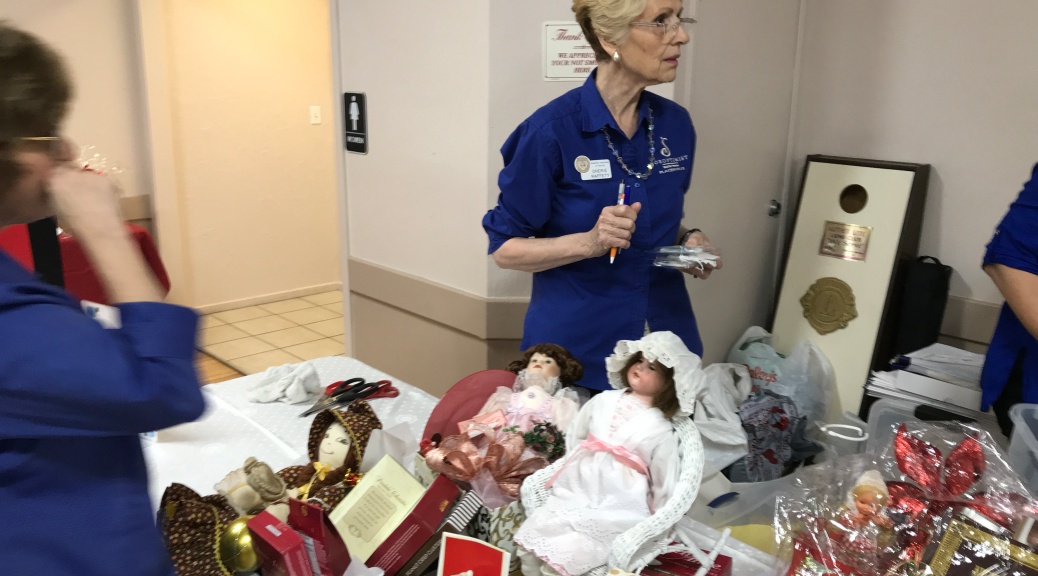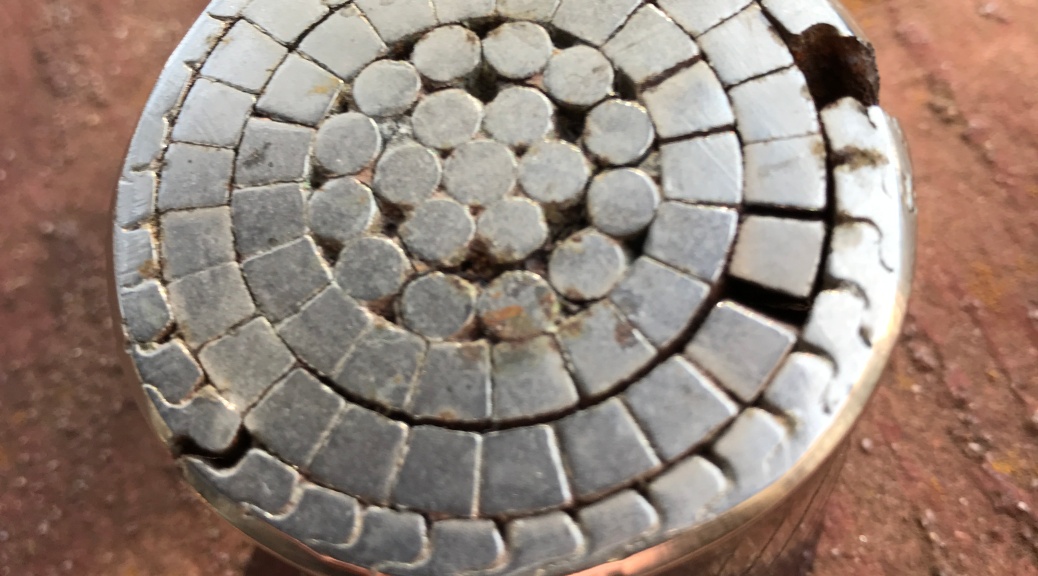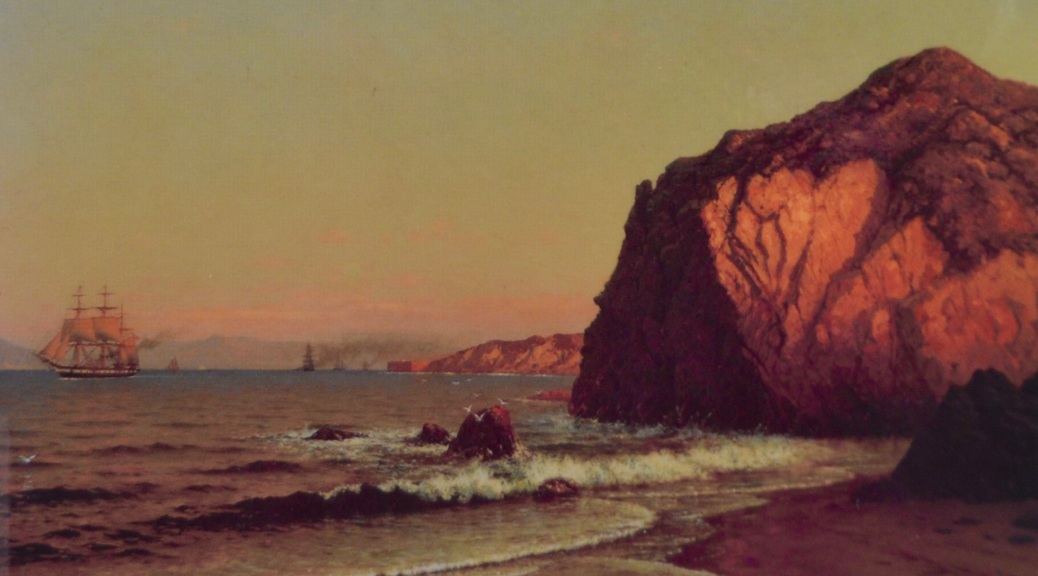8/17/2020
By Michael Raffety
About a year ago I asked a local nursery about Leylandi cypress. I was told they don’t grow here. I thought that was weird, because I had leylandi cypress in my backyard that are taller than my house. In fact, they can be seen from the road down below.
I had planted them to screen the backyard. I had to hire a tree service to trim the branches away from my power line and away from the roof. Then eventually we began to worry about them as a fire hazard. So, we hired a tree service to cut them down.
It turned out the sawdust was very pitchy. I had parked my truck down the hill to make room for the tree service truck and chipper. If I had known what would have happened with the sawdust I would have moved my wife’s car downhill also.
It took a lot of car washes and special anti-pitch spray cans from the auto parts store to smooth out the surface and windshield. I still need to do some special polish.
Anyway, the car is closely back to normal.
The backyard now looks kind of hot. My pink camelia tree looks kind of pathetically alone and slightly baked. Of course, I won’t have to blow off the sprigs of cypress that were always falling on my Zen garden.
I still need to remove some of the larger sections of cut-up cypress from the backyard. Once I carry those out, I can get access to the irrigation line. When it cools off in the fall my plan is to plant Japanese maples behind the large boulders that provide the background for my Zen garden. That will be more in line with Japanese Zen garden.
I’ve already picked up most of the medium sized logs. As the larger ones dry out they will get lighter and I can move those out as well.
. . .
Often Sunday is family dinner day. We have my daughter and son-in-law and their small tribe of boys over for dinner. We had to add the extra section to the table because it was my daughter’s birthday, which meant my son, daughter-in-law and son would be up for dinner as well.
My son is 6-foot 8 inches. Every time I stand next to him in a photo I look like a midget. I’m 6-foot-3 inches. In a groundbreaking photo for a new pumping replacement project from Folsom Lake I was the tallest person in the photo. But stand next to my son, whose college team went to the NCAA championships and I look skinny and small.
My son’s threesome arrived early. He brought with him a rebuilt carburetor to install along with a new vacuum advance. That was the final link getting the fuel from the gas tank to the carburetor. With a little starter spray the ‘46 Chevy truck coughed and then began to hum – at last. It was working great until we saw some steam. That’s when we figured out the fan belt had broken and the radiator overflow was sending out the steam.
Until the fan belt broke we were high-fiving each other, clapping and cheering. Sometime this week or next I’ll buy a fan belt and install it. Now that engine runs I can rent a trailer and haul it down to my son’s house in Stockton.









